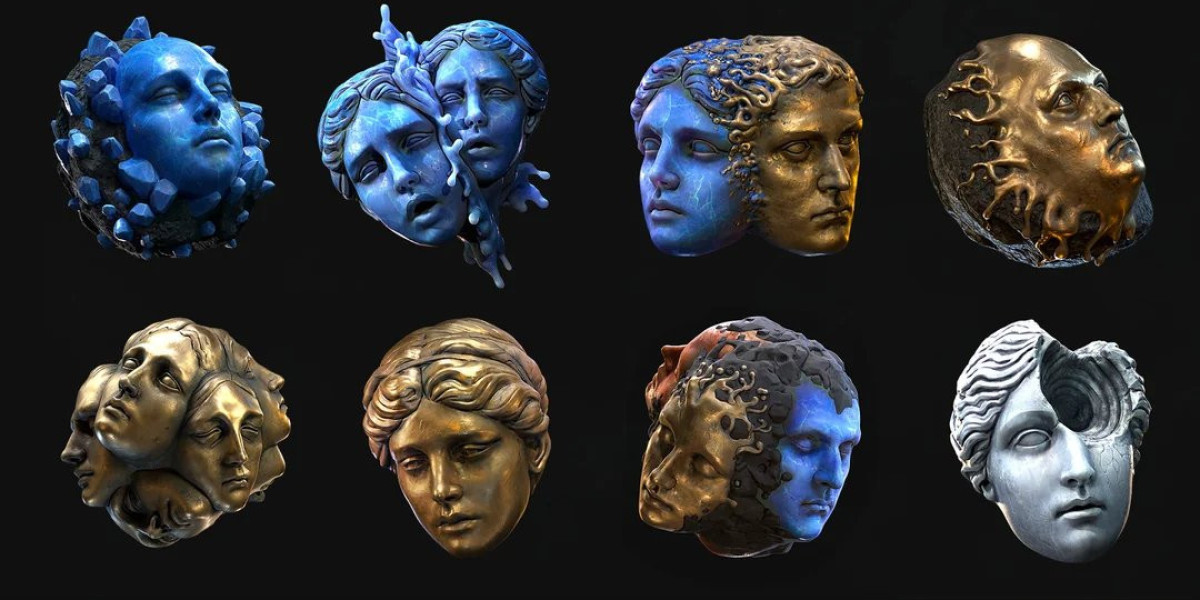Choosing your first camera is a milestone in any photographer’s journey. For beginners, this moment is filled with anticipation and often uncertainty. With so many options available, including DSLRs, mirrorless cameras, and compacts, deciding which camera best suits your photography needs and goals can be challenging.
This guide aims to demystify the process by providing clear and accessible information to help you make an informed choice, suitable for both professionals and enthusiasts.
Understanding Camera Types
DSLR (Digital Single-Lens Reflex): DSLR cameras use a mirror to reflect light from the lens to an optical viewfinder. They are known for their ruggedness, superior battery life, and wide selection of lenses.
They are ideal for photographers who value image quality and manual adjustment, offering great creative flexibility.
Mirrorless: Mirrorless cameras, as the name suggests, do not have a reflective mirror. This allows them to be more compact than DSLRs, without compromising on image quality.
The absence of a mirror also means that the electronic viewfinder can provide a more accurate preview of the final image. They are perfect for those looking for image quality, portability, and cutting-edge technology.
Compact: Also known as “point-and-shoot,” compact cameras are small, easy-to-use cameras designed primarily for casual photography.
Many offer intelligent automatic features, making them ideal for beginners or those who prefer a simpler, more straightforward photography experience.
Crucial Factors in Choosing a Camera
- Budget: First and foremost, it’s essential to set a budget. DSLRs and mirrorless cameras tend to be more expensive, but they also offer more features and better image quality. Consider not only the cost of the camera but also the cost of additional accessories like lenses and carrying cases.
- Ease of Use: For beginners, a user-friendly interface and built-in learning features can be extremely helpful. Many cameras offer automatic scene modes that adjust the camera's settings for specific types of photography, such as portraits or landscapes, making the learning process easier.
- Features and Functionality: Evaluate the features that are most important to you. This could include video quality, the ability to shoot in RAW, image stabilization systems, or Wi-Fi and Bluetooth connectivity for easy photo sharing.
- Growth Potential: Considering your growth potential as a photographer is crucial. A camera that allows you to swap lenses gives you more flexibility and opportunities to explore different photography styles and techniques as your skills evolve.
Choosing the right camera is a personal decision that depends on your needs, interests, and budget. Take the time to do your research, read reviews, and try out different cameras in stores if possible.
Remember, the best camera is the one that you feel comfortable using regularly, that meets your needs, and that inspires you to explore the world through its lens. If you wanna buy a camera then use Blue Light Discount.
This guide is a starting point on your photography journey. With the right information and a thoughtful approach, you’ll be well-equipped to select the camera that not only captures images, but also captures the essence of your creative vision.
Understanding the Different Types of Cameras
When diving into the world of photography, one of the first challenges beginners face is choosing between the different types of cameras available on the market: DSLR, mirrorless, and compact.
Each type has unique features that suit different needs and photography styles. Let’s explore the key differences between these types of cameras to help you make an informed decision.
DSLR (Digital Single-Lens Reflex)
DSLR cameras are known for their robustness and ability to produce high-quality images. They use a system of mirrors that reflect the image from the lens directly to the optical viewfinder, giving the photographer an accurate view of what will be captured.
Main Advantages:
- Image Quality: Thanks to the larger sensor size and the ability to use high-quality lenses, DSLRs can capture detailed images with excellent dynamic range.
- Versatility: A wide range of interchangeable lenses are available, allowing photographers to explore a variety of photographic styles and techniques.
- Manual Control: Offers complete control over exposure settings such as aperture, shutter speed and ISO, ideal for those who want to learn and experiment.
Mirrorless Cameras
Mirrorless cameras, or compact system cameras, eliminate the reflex mirror of DSLRs, allowing for a lighter, more compact body. The image is captured directly on the sensor and displayed in an electronic viewfinder or on the LCD screen.
Main Advantages:
- Portability: Lighter and more compact than DSLRs, making them easier to transport and an excellent option for travel photography.
- Video Performance: Many mirrorless cameras offer excellent video capabilities, including the ability to record in 4K.
- Fast, Accurate Autofocus: Advanced autofocus technologies such as phase and contrast detection ensure fast, accurate captures.
Compact Cameras
Compact cameras are designed to be simple, easy to use, and highly portable. They are a popular choice for casual photographers who want more image quality than smartphones can offer without the weight or complexity of DSLRs or mirrorless cameras.
Main Advantages:
- Ease of Use: Intelligent auto modes adjust camera settings to get the best possible image in different situations.
- Portability: Their compact size makes them ideal for everyday carry, ensuring you never miss a photographic moment.
- Cost: They are generally more affordable compared to DSLRs and mirrorless cameras, making them an attractive option for beginners or as a second camera.
The choice between a DSLR, mirrorless, and compact camera will depend on your specific needs, preferences, and photography goals. If you value image quality above all else and want to learn the technical aspects of photography, a DSLR may be the right choice.
If you’re looking for a combination of image quality and portability, a mirrorless camera is ideal. Finally, if you prefer something simple and easy to carry for everyday use, a compact camera may suit your needs.
Regardless of your choice, each type of camera offers the opportunity to explore the world of photography and express your creativity.
Factors to Consider When Choosing a Camera
When embarking on your photography journey, one of the first and most important decisions you’ll face is choosing a camera.
This choice can be influenced by a number of factors, but one of the most critical is budget. Understanding how budget affects your camera choice is crucial to ensuring you get the best value for your money while still meeting your photography needs.
Determining Your Budget
- Set an Upper Limit: Before you start looking, it’s important to set an upper limit for how much you’re willing to spend. This will help you narrow down your options and focus on cameras within your price range.
- Consider Additional Costs: In addition to the cost of the camera itself, keep in mind that there may be additional costs, such as lenses (in the case of interchangeable lens cameras), memory cards, extra batteries, and protective accessories. Be sure to include these potential additional expenses in your overall budget.
Understanding the Impact of Budget on Camera Choice
DSLR and Mirrorless Cameras: These types of cameras typically have a higher initial cost due to their superior image quality, flexibility, and the ability to swap lenses.
For serious photography beginners who want room to grow and explore different styles and techniques, investing in a DSLR or mirrorless camera may be the right decision, even if it means a higher initial investment.
Compact Cameras: These are a more affordable option and are ideal for those looking for simplicity and ease of use.
While compact cameras may not offer the same image quality or flexibility as DSLRs or mirrorless cameras, they are capable of producing excellent photos, especially in well-lit situations. Plus, their portability makes them an excellent choice for travel or everyday photography.
Making the Right Choice Within Your Budget
Prioritize Your Needs: Consider what’s most important to you in a camera. If image quality and the ability to grow as a photographer are your top priorities, you might want to spend a little more on a DSLR or mirrorless camera.
If convenience and portability are your top concerns, a high-quality compact camera might be the perfect choice.
Research and Compare: Do extensive research before making a decision. Read reviews, compare specifications, and, if possible, test different cameras in person.
This will help ensure you make an informed choice that aligns with your photography needs and budget constraints.
Consider Buying Used: To maximize your budget, consider buying a used or refurbished camera. You can often find high-quality equipment at a fraction of the cost of something new.
Choosing the right camera is a balance between your photography needs and budget constraints. By taking the time to understand your priorities and doing thorough research, you’ll be well-positioned to make a choice that not only meets your expectations but also inspires your photography journey.
Ease of Use
Ease of use is a crucial criterion when choosing a camera, especially for beginners in photography. Learning the art of photography can be a complex and rewarding journey, but starting with the right equipment can make all the difference.
A camera with a user-friendly interface and intuitive features can help smooth out the learning curve, allowing you to focus more on creativity and less on technical frustration.
Camera Recommendations for Beginners
When embarking on the exciting journey of photography, choosing the right camera is a crucial step that can define your learning and development experience.
For beginners, the market offers a variety of options that cater to different needs and preferences. Here are three recommended cameras that stand out for their ease of use, image quality, and suitability for beginners.
Nikon D3500: The Ideal Entry-Level DSLR
The Nikon D3500 is an excellent choice for beginners looking to explore the world of DSLRs. With an ergonomic design and user-friendly interface, it makes learning photography an accessible and rewarding experience.
Main Features:
- 24.2 MP sensor: Delivers crisp, detailed images that are great for large-format prints or creative cropping.
Interactive Guide: A helpful resource for beginners, offering step-by-step instructions on how to use the camera and understand the basics of photography. - Battery Life: With a capacity of approximately 1,550 shots per charge, you can spend days shooting without worrying about the battery.
Sony Alpha A6000: Compact, Yet Powerful
For those who prefer a lighter, more compact camera without sacrificing quality, the Sony Alpha A6000 is an exceptional mirrorless option. It combines speed, performance, and versatility in a small body, perfect for travel and everyday photography.
Main Features:
- Fast Autofocus: With 179 phase-detection points, it offers one of the fastest autofocus systems on the market, ideal for capturing fleeting moments.
- Image Quality: A 24.3MP APS-C sensor delivers richly detailed images and excellent low-light performance.
- Wi-Fi and NFC Connectivity: This makes it easy to share your photos directly to mobile devices or social networks.
Canon PowerShot SX620 HS: Simplicity and Convenience
For beginners looking for a true point-and-shoot option, the Canon PowerShot SX620 HS is a compact camera that combines simplicity with the ability to capture beautiful images. It’s an excellent choice for everyday photography, travel photography, and family events.
Main Features :
- 25x Optical Zoom: Allows great flexibility for photographing distant subjects, perfect for travel and events.
- Wi-Fi and NFC Connectivity: This makes it easy to transfer photos to your smartphone and share them on social media.
- Intelligent Scene Modes: The camera automatically selects the best settings for the scene, making it easier to capture high-quality photos in a variety of situations.
Choosing the right camera as a beginner doesn’t have to be a daunting task. The Nikon D3500, Sony Alpha A6000, and Canon PowerShot SX620 HS are all excellent options that offer a combination of ease of use, image quality, and growth potential.
Each of these cameras has unique features that can cater to the different preferences and needs of budding photographers, helping them take their first confident steps into the world of photography.







